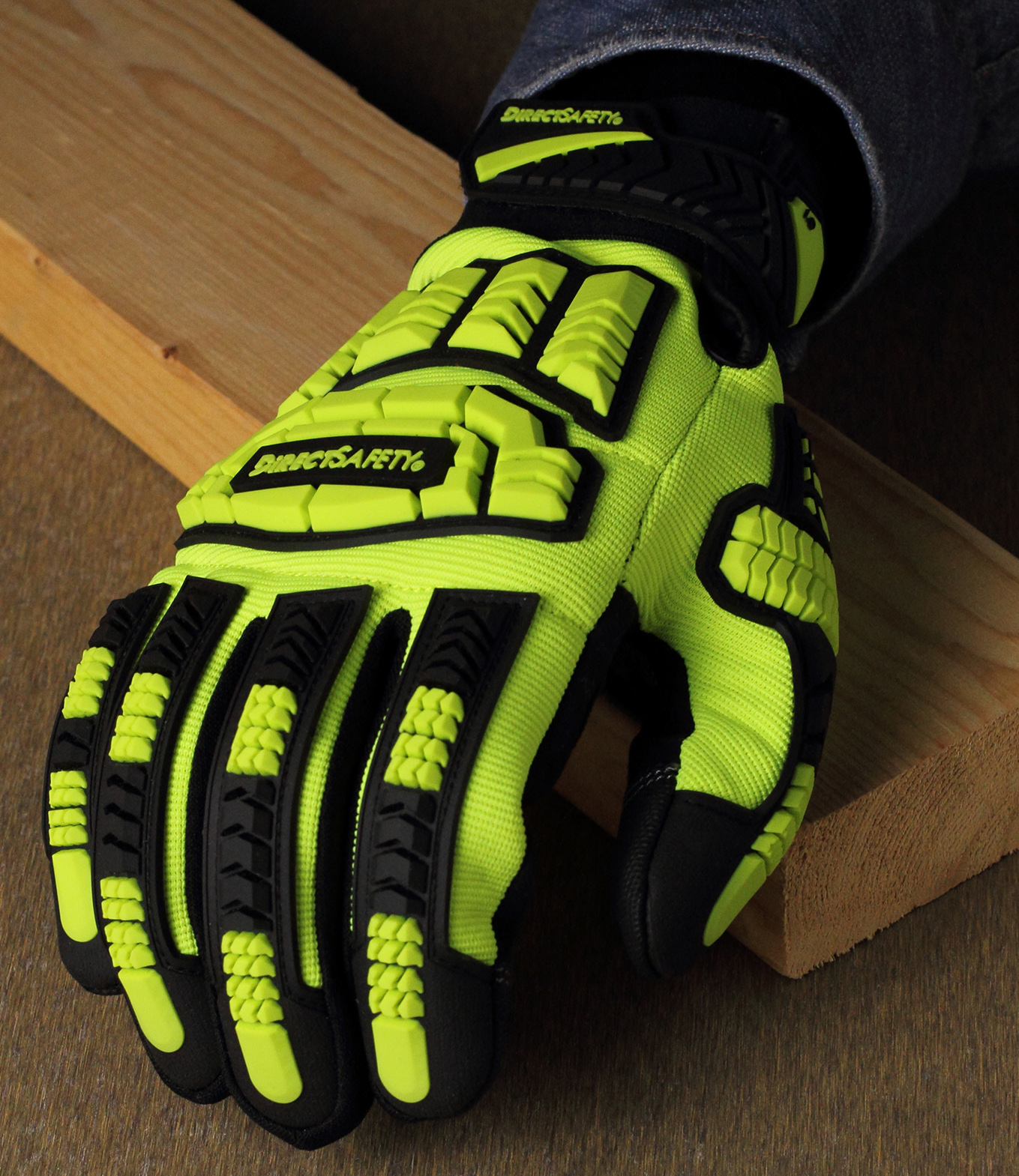In the industrial space, you’re probably familiar with both U.S. and European standards for industrial gloves that protect against cuts, punctures, abrasions, and chemical exposure. These standards allow companies to properly compare products to find the best match for their application.
Until recently, there were no criteria to help assess the performance of gloves designed to reduce the risk of back-of-hand (dorsal) impact injuries. This scenario changed in 2016 when the European hand protection standard (EN 388) was updated to include impact for the first time. Nothing occurred in the U.S. until the International Safety Equipment Association (ISEA) recently established testing, classification, and labeling requirements for products that offer dorsal impact protection.
Here’s what you need to know about the new glove safety standard from ISEA.
ANSI/IEA 138 to Rate Products
This new voluntary standard is known as ANSI/ISEA 138. While not an OSHA-type requirement, this standard will allow glove manufacturers to standardize what they are offering and end-users to begin comparing products on the level they are rated.
ANSI/ISEA 138 is designed to establish minimum performance, classification, and labeling requirements for hand protection products designed to protect the knuckles and fingers from impact forces while performing occupational tasks.
The goal is to evaluate compliant gloves for their ability to disperse impact forces on the knuckles and fingers and then classify them accordingly.

Performance Level Criteria
The new standard specifies three performance levels of impact protection that a glove will offer, ranging from level one for the lowest protection to level three for the highest protection from transmitted forces. The overall performance level of a glove reflects the lowest performance level recorded during the test.
For example, if the fingers and thumb only meet the performance level one criteria, but the knuckles get a performance level two rating, the glove will still be rated as performance level one.
Testing Gloves Under the New Standard
ANSI/ISEA 138 also outlines test requirements, equipment, and method, including preparation of samples and conditioning of the gloves. It defines specific test sites on the knuckles, fingers, and thumbs. It also requires that the sites be marked on the outside and back side of the glove.
The standard focuses on packaging, labeling, and product marking on the glove directly. Gloves will be marked with a pictogram for each of the three levels.
Sites impacted during product performance testing are shown on the hand chart on this page. The chart shows distribution of impacts over the knuckles, fingers, and thumb.
A Range of Impact Injuries
Impact-related injuries can be anything from a bruise to the knuckles, to pinching of fingers between two pieces of equipment, to severe bone fracture, and anything in between. According to an article in the June 2018 issue of Occupational Health & Safety, the oil and gas sector collected data from the International Association of Drilling Contractors. The data showed that fingers accounted for one-third of all injuries and almost 20 percent of lost-time injuries.
Areas of Potential Injury
Fingertips: Commonly injured because they typically come in contact with every part of the work
Knuckles: Frequently impacted by things such as wrenches slipping or catching hands under the hood of a car
The Benefit for Industries
The bones and tissues in the back of the hand are all vulnerable to impact injuries. In industries such as construction, mining, manufacturing, offshore oil and gas, warehousing, and transport industries, care should be taken to protect the hands during work.
With a new standard to help classify levels of impact protection, industries have the opportunity to select hand protection best suited for the work needs and to reduce dorsal injuries.
FREE Whitepaper
This information is also available in our Back-of-Hand Impact Whitepaper. Download the whitepaper to print off and read or share with your peers!
Download Back-of-Hand Impact Whitepaper
If you have any questions or concerns about back-of-hand protection, our Safety Services Team is here to help. You can always reach them at 800-462-1947 or safetysupport@conney.com.